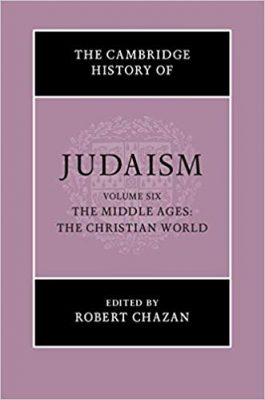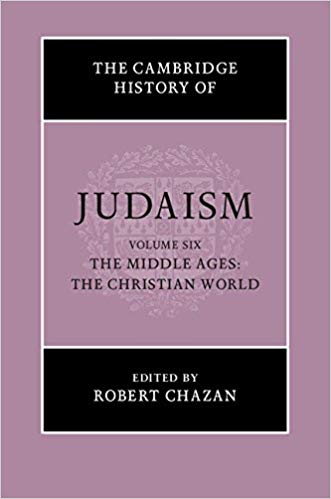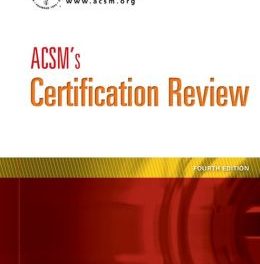 Editor: Robert Chazan
Editor: Robert Chazan
Publisher: Cambridge University Press – 912 pages
Book Review by: Sonu Chandiram
The Middle Ages, sometimes called the medieval period or middle period in European history, is the period of 1,000 years (a millennium) between the fifth century – 500 AD – and the fifteenth century – 1500 AD. This period began with the fall of the Western Roman Empire.
The Middle Ages period is also called the “middle period” because it falls in between the period called Antiquity and the modern period. The Middle Ages are further divided into the Early, High and Late Middle Ages. After that period, what followed was the Renaissance, and later, the Age of Discovery. .
During the late Antiquity period, there were invasions and movements of people from urban areas to the countryside that led to population decline. These events continued during the Early Middle Ages. By the seventh century, about 200 years after the beginning of the Middle Ages, North Africa and the Middle East, that were once part of the Byzantine Empire, came under the rule of the Umayyad Caliphate, an Islamic empire.
This was a period of history when people of at least three religions – Christianity, Islam, and Judaism – lived in the lands in and around what are today called North Africa, Europe, and the Middle East.
This book is primarily about the story of the Jewish people and Judaism. It consists of 31 chapters organized around three Parts. We list the titles below to give you a broad overview of the contents of this book:
- Part I. Jews in the Medieval Christian World
- The Prior Church Legacy
- Medieval Church Doctrines and Policies
- Mutual Perceptions and Attitudes
- Byzantium
- Italy
- The Iberian Peninsula
- Southern France
- Northwestern Europe
- Germany
- Northeastern Europe
- Part II. Social and Institutional History
- The Sources
- Demography and Migrations
- Economic Activities
- Communal and Religious Organization
- Schools and Education
- Annual Cycle and Life Cycle
- The Family
- Part III Spiritual and Intellectual History
- The Sources
- Languages and Translations
- Book Production
- Bible Studies
- Talmudic Studies
- Jewish Law
- Liturgy and Piyut Liturgy
- Philosophy
- Science and Medicine
- Mysticism
- Belles-Lettres
- Polemics
- Historiography
- Maternal Culture and Art
In the first half of the Middle Ages, the Jewish communities of Western Christendom had lagged behind their counterparts in Eastern Christendom. This volume covers the history of Jewish communities and people during the second half of the Middle Ages (the beginning of the eleventh century) when they began to become more creative and productive.
Also, as the editor writes, “The older Jewries of southern Europe grew and became more productive in every sense. Even more strikingly, a new set of Jewries was created across northern Europe, when this undeveloped area was strengthened demographically, economically, militarily, and culturally.”
He goes on to say that from the smallest and the weakest of the world’s areas of Jewish population in the year 1000, the Jewish communities of Western Christendom emerged as the world’s dominant Jewish center by the end of the Middles Ages around the year 1500.
This is a uniquely excellent story of Jewish communities and Judaism in and around Europe.
Editor:
Robert Chazan serves as Scheuer Professor of Hebrew and Judaic Studies at New York University, where he was Founding Chair of the Skitball Department of Hebrew and Judaic Studies. He has published widely on medieval Jewish history in many books and numerous articles in American and foreign academic journals.
His two recent books are: The Jews of Medieval Western Christendom (Cambridge, 2006) and Reassessing Jewish Life in Medieval Europe (Cambridge, 2010). He is a Fellow of the Medieval Society of America and the American Academy of Jewish Research, where he has served as President.







